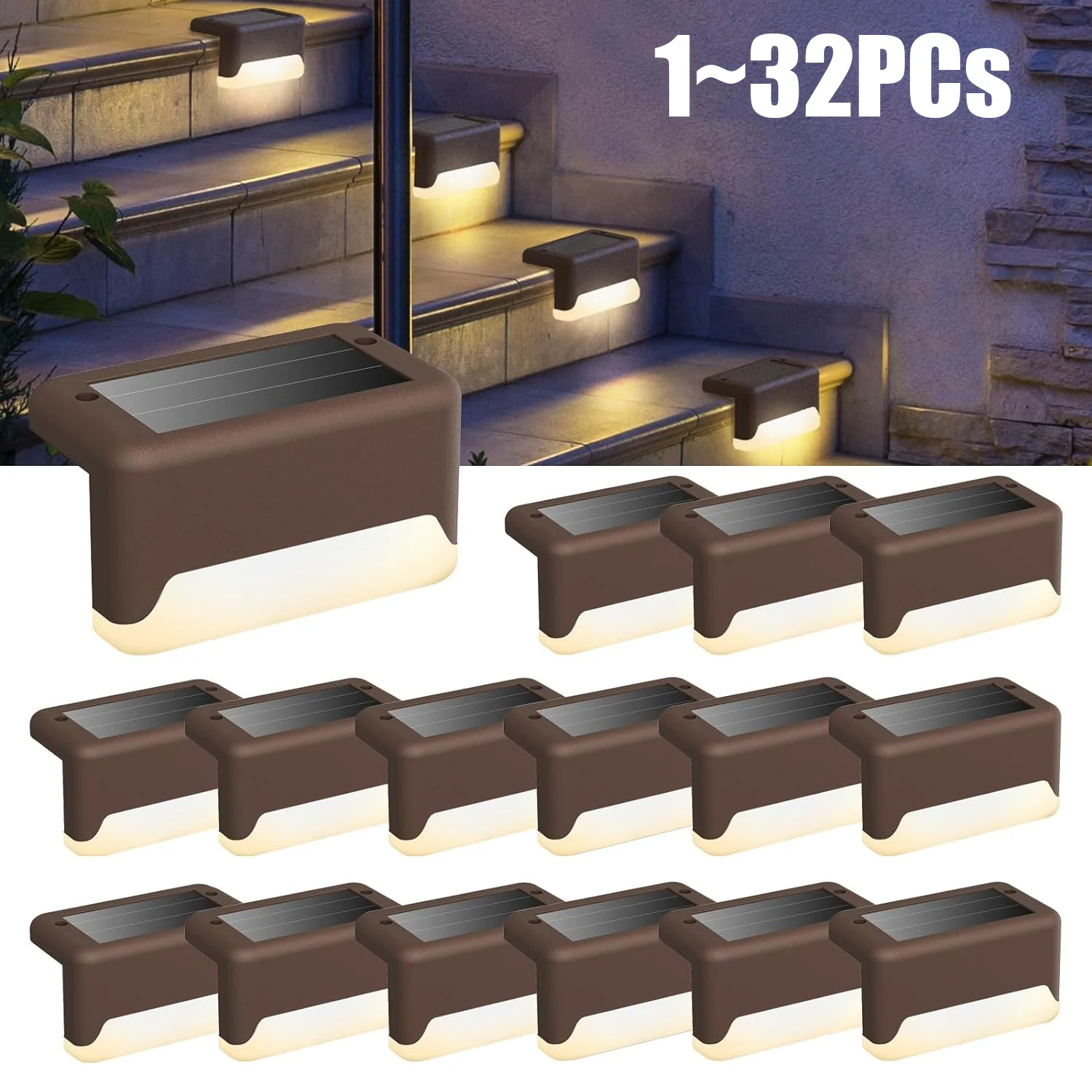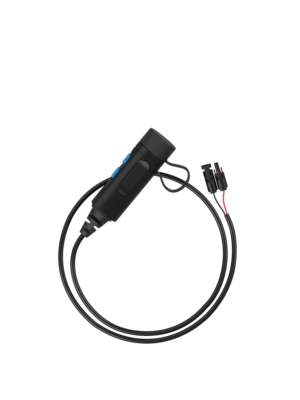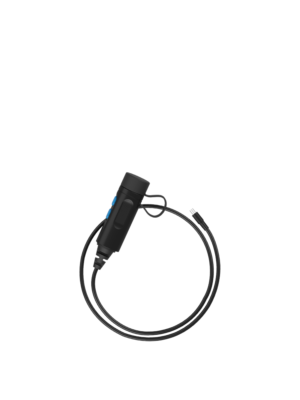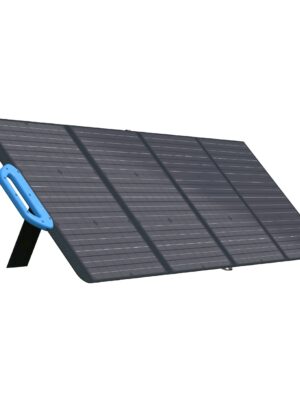Best Fabric Wax for Canvas and Cotton
Some of the best clothes and gear you can get rely on one of the most reliable improvements: fabric wax. Improve durability and waterproofing in canvas, denim, twill, and more with a fabric treatment that has been proven for the better part of a millennium. There are many brands and types of fabric wax to pick from and they don’t all perform the same.
This is where we come in. We’ve researched the best fabric wax, tested them, and now the results are in: the overall best, a budget option, and a wax you can make at home. If you need to upgrade or retreat your cotton gear, one of our suggestions will have you covered.
Contents (Jump to a Section)
The Best Fabric Wax
Otter Wax Bar
Natural, Easy to Apply, and Durable
Coat hats, jackets, bags, and aprons with ease with dependable and easy-to-apply wax that upgrades your gear.
*Price at time of publishing; check for price changes or sales.
Otter Wax offers plenty of options when it comes to fabric treatments, but their heavy-duty fabric wax gets the job done easily and effectively. It’s one of the few waxes you can apply without heat, but it still impregnates the cotton weave remarkably well.
Here is what you get with this wax bar:
- Natural materials & oils (mostly beeswax)
- Friction application (no heat)
- 48-72 hour cure time
- 2.25 ounces
- Made in the USA
This simple and dependable wax is easy to use and all-natural- so it’s not hard to see how Otter Wax tops our review.
Budget Fabric Wax
Cobbler’s Choice Canvas Wax
Heat-activated, Inexpensive, and Versatile
Spread and heat this wax on canvas, twill, denim, and more to upgrade durability and waterproofing.
*Price at time of publishing; check for price changes or sales.
This traditional wax is inexpensive for starters, but it also performs well and really works into the fabric when you use the correct application technique. You’ll need a hair dryer or heat gun on hand, as it is heat-activated once you apply it in bar form.
Here is how the wax measures up:
- Beeswax & oils (mostly beeswax)
- Heat-activated (hair dryer or heat gun)
- 24-hour cure time
- 3 ounces
- Made in the USA
If you need to wax your gear and not break your budget, the Cobbler’s Choice Canvas Wax is what you’re looking for.
Homemade Fabric Wax
Beeswax Pellets
Versatile, Organic, and DIY
Make your own homemade fabric wax and tweak it with different ingredients to fit your use case perfectly.
*Price at time of publishing; check for price changes or sales.
There are many ways to make your own fabric wax, but almost all of them start with beeswax. You can blend various ingredients to change the properties of beeswax, like to make it more flexible. Some of the more popular ones include:
- Paraffin Wax – This is the most popular blend by far and mimics the off-the-shelf options above. It is cheap, gives great waterproofing, and makes the resulting wax more workable. But it is made using solvents/chemicals, so those chasing an organic or sustainable option may bypass this. Mixtures typically keep paraffin under 50% to prevent flaking.
- Boiled Linseed Oil – Most oils seem to be preference-based and keep the fabric supple after it’s waxed. Use too much and it can leave a residue, so most recipes top out at 25%. You may have some around from treating your tool handles, especially axes.
- Mineral Oil – This one can damage fabrics, so we wouldn’t recommend it. Still, some recipes call for up to 10%.
- Mineral Spirits – Industrial wax uses this in up to 85% of the content mix for ease of application. While great for industrial tarp applications, you don’t want this on your skin for long.
- Pine Tar – This can soften the blend and give a great natural smell. Used in up to 10% of the blend. If you have it around for baseball or horses, you might as well add it to your mix.
If you are getting started and want to try an initial recipe, start off with 60% beeswax pellets, 40% paraffin pellets, and a dash of pine tar.
In order to melt the wax blend without starting a fire, you’ll want to make a double boiler. Put your wax mixture inside of a metal tin and float it in a pot of water that you bring to a boil. After all of the mixture is melted you can pour it into a rectangle mold from about 6″ high to prevent bubbles, letting it set overnight.
Everything We Recommend
Coat hats, jackets, bags, and aprons with ease with dependable and easy-to-apply wax that upgrades your gear.
Where to Buy
*at time of reviewing
Make your own homemade fabric wax and tweak it with different ingredients to fit your use case perfectly.
Where to Buy
*at time of reviewing
The Wax We Compared
Our research narrowed the field down to a few brands and types of wax that we compared: Otter Wax, Cobbler’s Choice, Fjallraven, Buffalo Jack, Trilanco, Frost River, Canvak, and more.
You can see our full list of review criteria below in the What to Look For section, with an explanation for each.
We considered a wide range of waxes but focused on those meant for treating fabric for durability and waterproofing. We did not get too far with industrial wax treatments, since they are highly toxic. Those may be great for outdoor tarps since they are easy to apply (brush on liquid) and don’t need heat, but we just weren’t comfortable trying to treat wearable items with them.
We’re always looking for new and better gear, so if you have a canvas wax you love, let us know in the comments. We review most of our tested gear annually so we can try to get it in the next roundup round and see if it will beat out our top picks.
What to Look For
The best fabric wax has a few features to look for:
- Value
- Ease of Use
- Waterproofing
- Durability
- Versatility
When you get the right blend of these, you can find a wax that performs well on a variety of material weights and weaves. Below, we break down what each of these features means for the waxes that truly set themselves apart.
Value: Cost vs. Benefit
The amount of money you spend on something as simple as a fabric treatment shouldn’t blow out your entire budget. Unless your budget is really strapped, wax shouldn’t set you back much. If you are getting gear that can benefit from wax, it’s best to adjust your budget to ensure you can properly care for it at regular intervals by applying wax.
You never want to spend too much money on one tool when it comes to clothing care. It’s better to diversify your spending to make sure you are covered for a wide range of gear.
Ease of Use
While applying wax is simple, how you do it can vary between different types of wax, the fabric type you are impregnating, and whether you are reapplying or adding wax for the first time.
The type of wax is important because some are more supple and easier to use. Using sticky or stubborn wax can not only be difficult, but it can also lead to a less-than-stellar outcome on the gear you are treating.
While industrial liquid wax is very easy to apply, we had to penalize hard on versatility due to its toxicity restricting its use on clothing.
Waterproofing
Wax makes for a great waterproofing treatment on fabrics because it fills the holes in the weave and makes the fabric very hydrophobic. This is a bit ironic since sailers in the 15th century were treating sails with oil and wax to simulate them being wet, as they would perform better.
Wax takes the place of water, with the drawbacks being that it adds weight to the fabric, flammability (with certain oil and paraffin treatments), and maintenance needs.
Waxed and oiled jackets were first used by fishermen, and are still some of the most trusted waterproofing methods today.
Durability
Wax can also help immensely with fabric durability. Waxed fabrics are harder to tear, can shrug off abrasions, and are generally much more durable.
Motorcycle jackets and other high-durability needs are often met with waxed fabrics. As wax can be rubbed out over time, most people re-treat their waxed fabrics annually with regular use, or even more often with heavy use.
Versatility
We mentioned before that some waxes with oils or non-natural materials can be effective, but are limiting in that they can’t be used to treat clothing. When we compare gear, we typically look at versatility rather than how it performs in a single case.
Those may be great at treating truck canvas or industrial-use fabrics, but I don’t want to be slathered in mineral spirits if I can help it. That’s why all of our choices give you a way to treat a wide range of gear, including clothing.
How to Apply Fabric Wax
Most waxes come with instructions that will vary by their content type since they can either be applied in bar form or melted down and brushed in.
Almost every bar form (even those that don’t need heat) can still be applied using these four easy steps:
- Brush – Use a bristle brush to brush debris off all of the fabric (and scour previous wax treatments, if applicable).
- Apply – Use some elbow grease to rub the wax bar across sections of fabric until some wax is visibly transferred.
- Heat – Use a hair dryer or heat gun to melt the wax into the fabric (not necessary for some bar types, but heat can always speed up cure time).
- Cure – Let the fabric rest for 24-72 hours (depending on heat application and oil content) to have the impregnated wax set.
Ray shows how to make and apply wax to canvas, using a similar mix as our homemade fabric wax:
Who Needs Fabric Wax?
If you have canvas or cotton gear that can be waxed, you should consider it. It’s a great way to ‘upgrade’ your gear by giving it even more durability and waterproofing that you can continue to reapply through the life of it.
People tend to wax canvas gear most, including (but not limited to):
- Jackets
- hats
- Overalls
- Gear Bags
- Foraging Bags
It’s a great way to care for your gear and understand its possibilities and limitations. Putting time and effort into your gear will do more than just give it the benefits of wax- it’ll help you appreciate and care for it more as something you personally ensure that you can rely on.
How We Review Products: We research thoroughly before selecting the best products to review. We consult experts in the field for a better understanding of what makes the gear great. Hours on end are spent field testing gear in stressful conditions. We assign performance criteria and impartially rate each tested item. You can support us through our independently chosen links, which can earn us a commission at no extra cost to you. After our review process, some of the items reviewed end up in our giveaways.
Sources and References
All of our experience and the testing we do to determine the best fabric wax are useless without listing our research sources and references. We leaned on these for the book knowledge that we paired with our hands-on testing and practical survival experience:
Abu-Shosha, M., et al. (2008). Paraffin Wax Emulsion as Water Repellent for Cotton/Polyester Blended Fabric. Journal of Industrial Textiles. Volume 37. Issue 4. Pages 315 – 325. (Source)
Ibrahim, A. (2020). Production of Water Repellent Coating Using Beeswax and Soy Wax. International ICIEd Conference. (Source)
Tomasino, C. (1993). Chemistry and Technology of Fabric Preparation and Finishing. College of Textiles, NCSU. Raleigh, North Carolina. (Source)
The Final Word
Waxed cotton and canvas may have been replaced en-masse by polymer textiles, but don’t count them out just yet! Despite being heavier and requiring maintenance, many choose to rely on waxed textiles due to their durability and how easily they can be repaired.
Here are a few other guides and reviews our subscribers have found helpful:
We presented quite a lot of information, but as always: if you have any questions let us know and we would be happy to help. Our testing found the Otter Wax to be the best option given its value, ease of use, waterproofing, durability, and versatility.
Keep exploring, stay prepared, and be safe.
You’ve Been Missing Out
Join the 2+ million preppers that rely on our prepping advice by subscribing to TruePrepper.
- Practical guides and tips
- Useful survival giveaways
- Free, forever
- < 0.4% of people unsubscribe
Please Support Our Sponsors
Solar Power Generator Discounts Along With Free Shipping
- 10% OFF for Jackery Solar Generator 2000 Pro Series with code "JADEAL"
- 10% OFF for Jackery SolarSaga 200W Solar Panel with code "JADEAL"
- 10% OFF for Jackery Solar Generator 1500 Series with code "JADEAL"
- 10% OFF for Jackery Solar Generator 1000 Series with code "JADEAL"
- 10% OFF for Jackery Explorer 1500 Portable Power Station with code "JADEAL"
- 10% OFF for Jackery Explorer 1000 Pro Portable Power Station with code "JADEAL"
- 10% OFF for Jackery Explorer 500 Pro Portable Power Station with code "JADEAL"
- 10% OFF for Jackery Explorer 300 Pro Portable Power Station with code "JADEAL"
- 10% OFF for Jackery SolarSaga 100W Solar Panel with code "JADEAL"
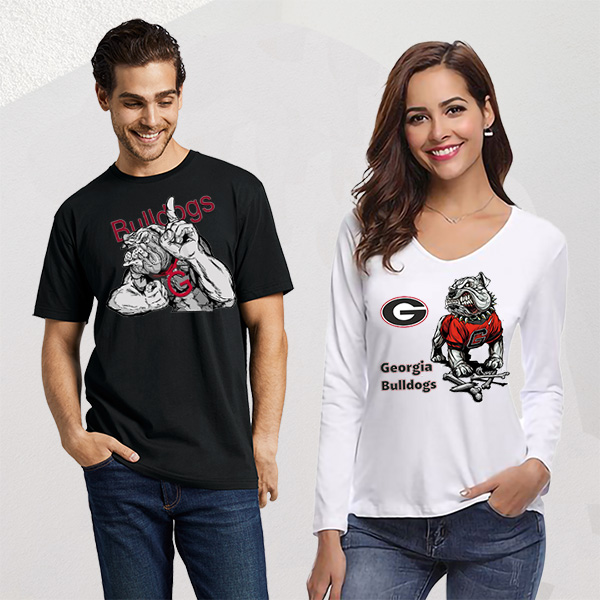
The University of Georgia is represented by the Georgia Bulldogs . The Bulldogs participate in the Southeastern Conference's (SEC) Eastern Division of the NCAA.
They play their home games in the storied Sanford Stadium in Athens, Georgia. The first season in Georgia was in 1892. In 1942, 1980, and 2021, the Georgia Bulldogs won three national championships.
The Georgia Bulldogs have additionally been crowned the National Champion in four additional seasons by at least one polling organization (1920, 1927, 1946 and 1968).
The Georgia Bulldogs are tied for second place in conference history with their 15 conference titles, including 13 SEC titles, and their 59 bowl appearances, which ranks second all-time.
In addition, the program has produced five top picks in the National Football League (NFL) draft, two Heisman Trophy winners, numerous winners of various national honors, and many others.
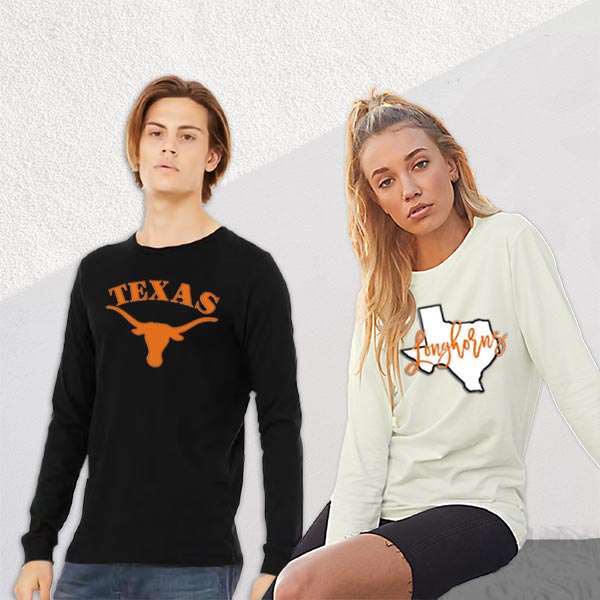
Longhorns football represents the University of Texas in Austin often known as Texas, UT or the Texas Longhorns. The Longhorns represent the Big 12 Conference in the NCAA Division. They play in Austin, Texas, at the Darrell K. Royal-Texas Memorial Stadium.
The Texas Longhorns are ranked third and seventh, respectively, in terms of all-time wins and win-loss records, with over 900 victories and an overall win-loss percentage of.705.
The legendary program also boasts four national titles, 32 conference titles, 100 First Team All-Americans, and two Heisman Trophy winners.
Get your Texas Longhorns Revival T-Shirt today. The Texas Longhorns Rustic Revival shirt is also a fan favorite.
Many college sports fans like to wear their gear all around town, get your Texas Longhorns Centered gear and show your support.


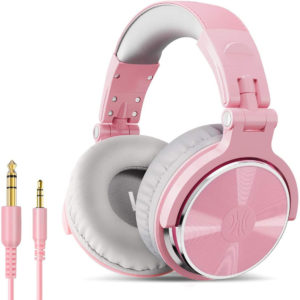

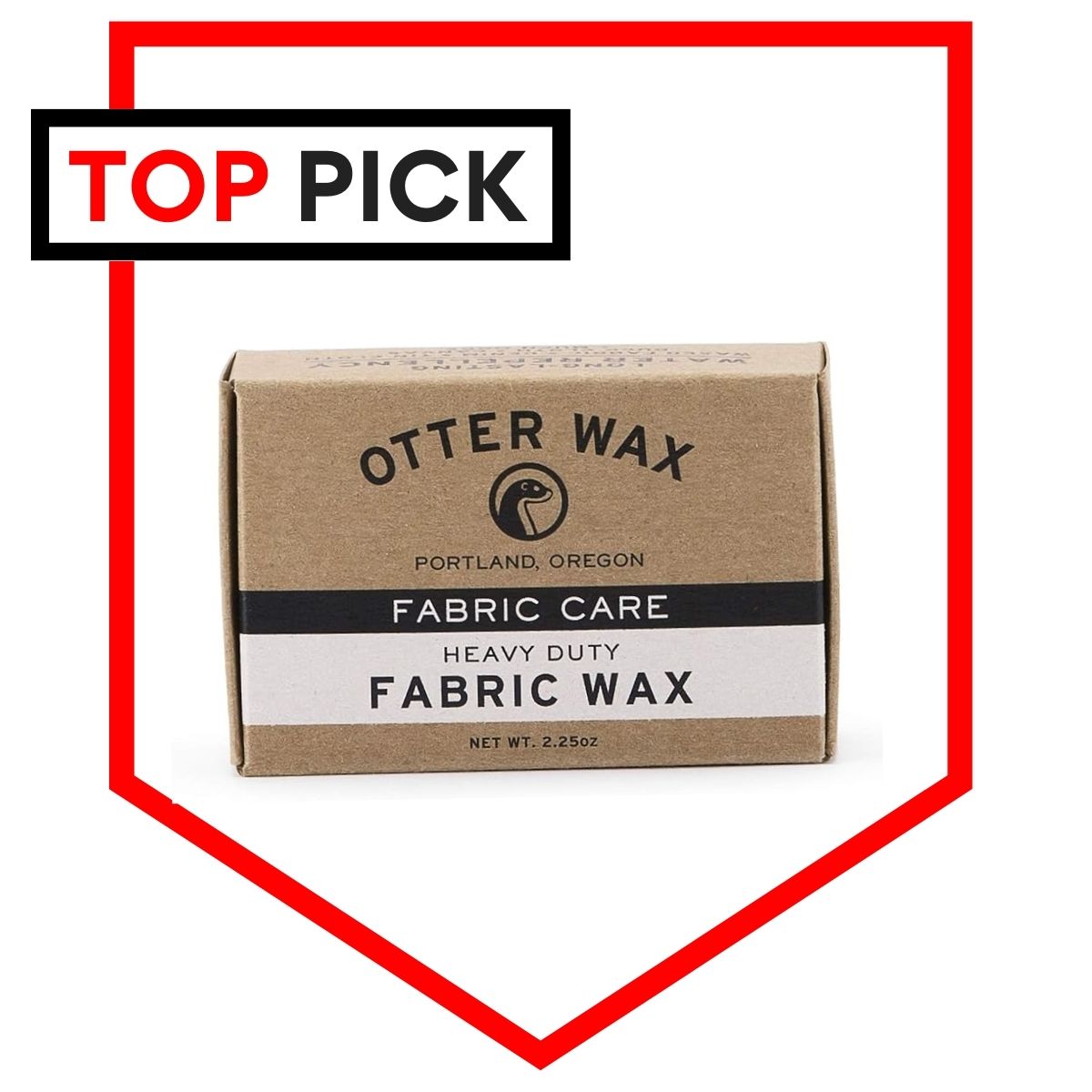
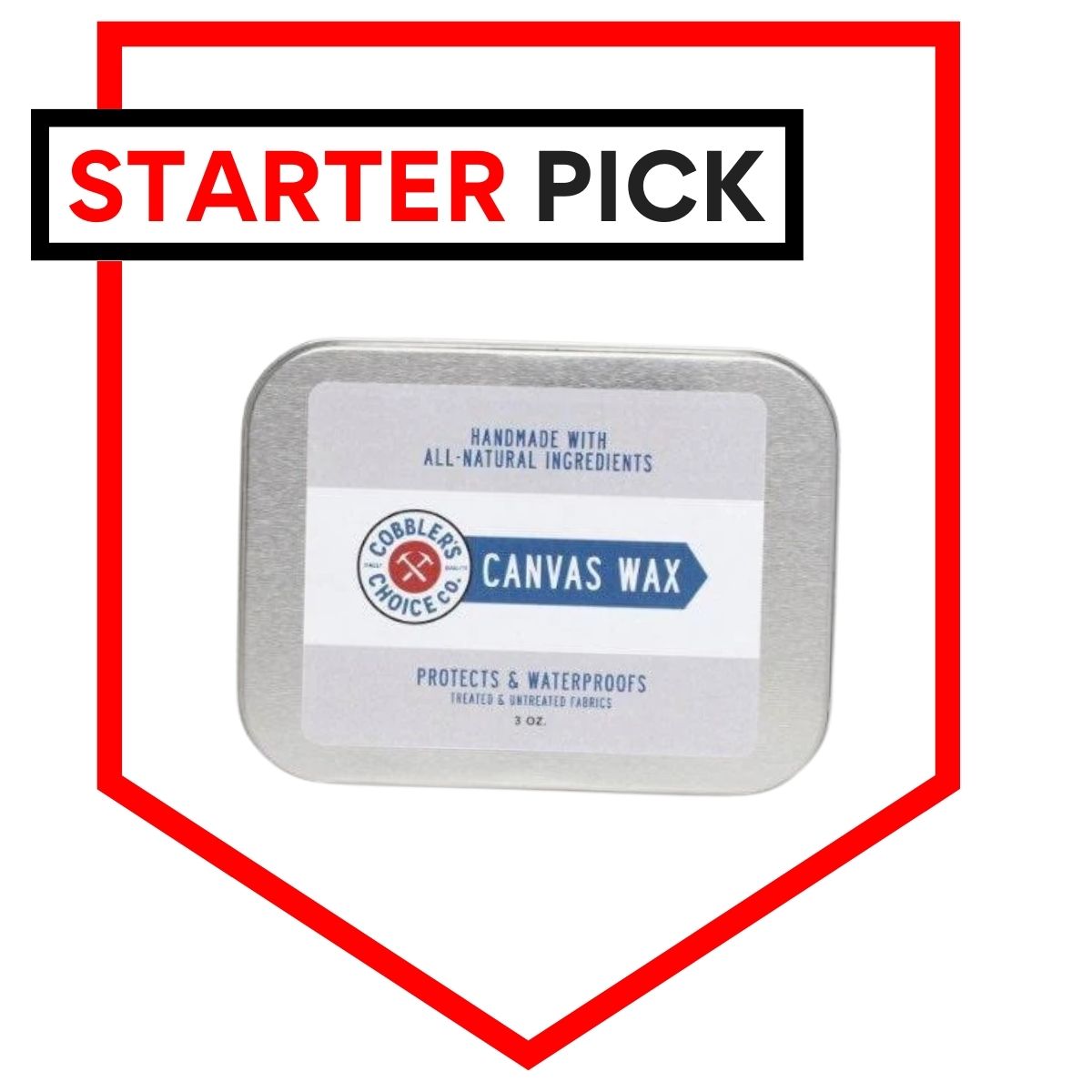
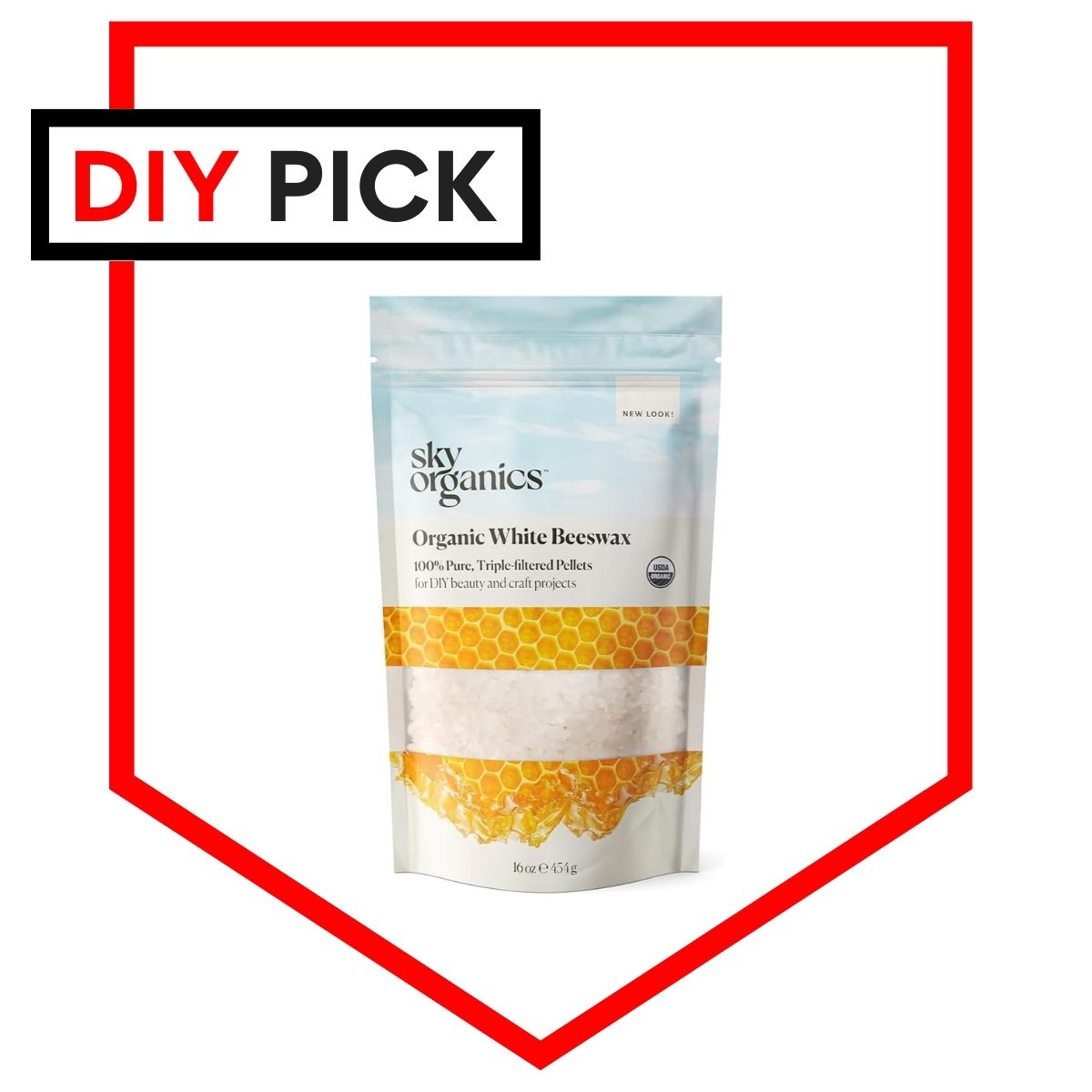
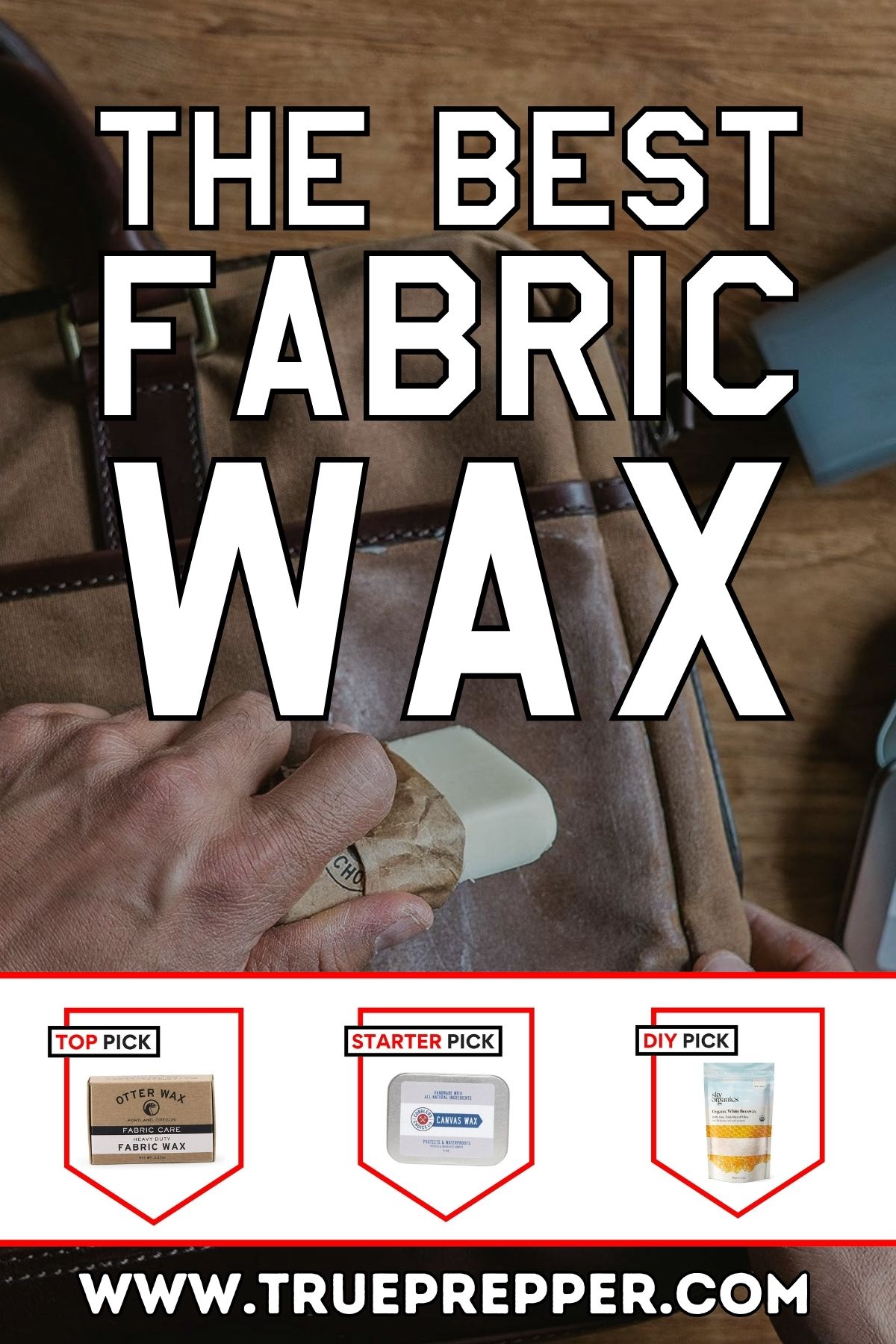
 Gettr
Gettr



